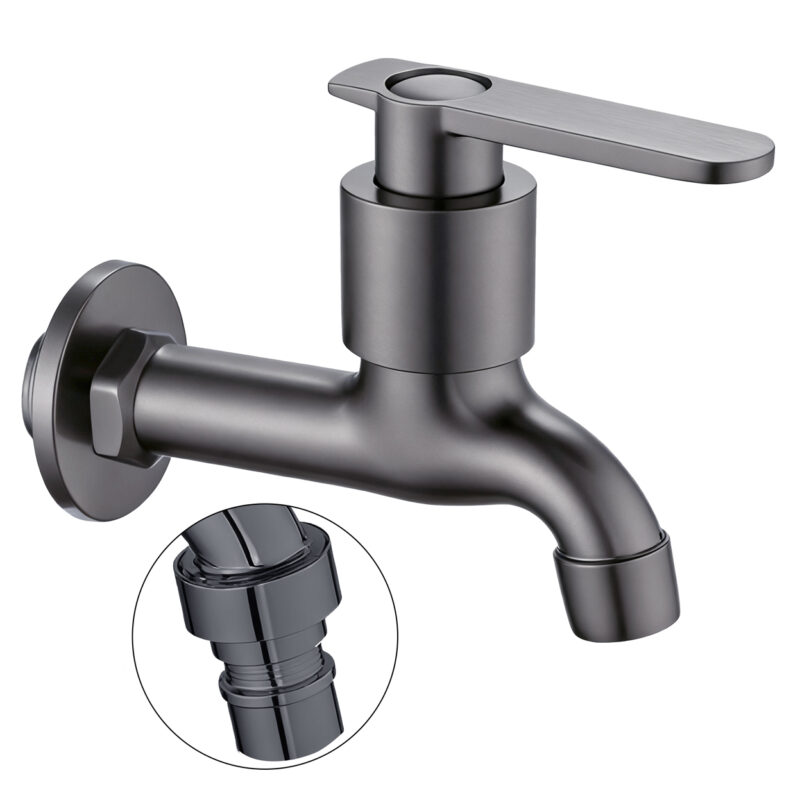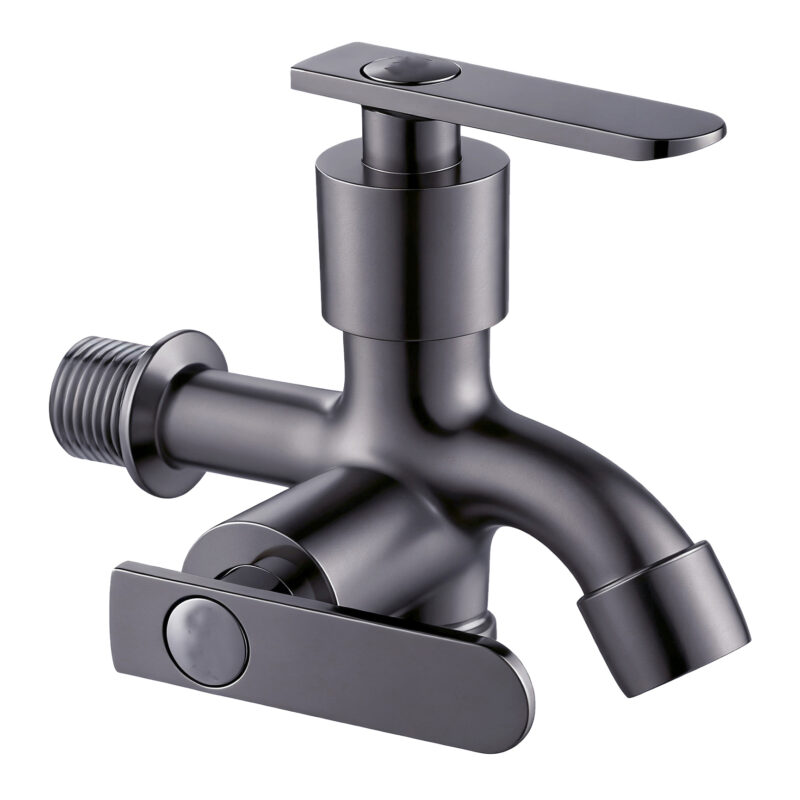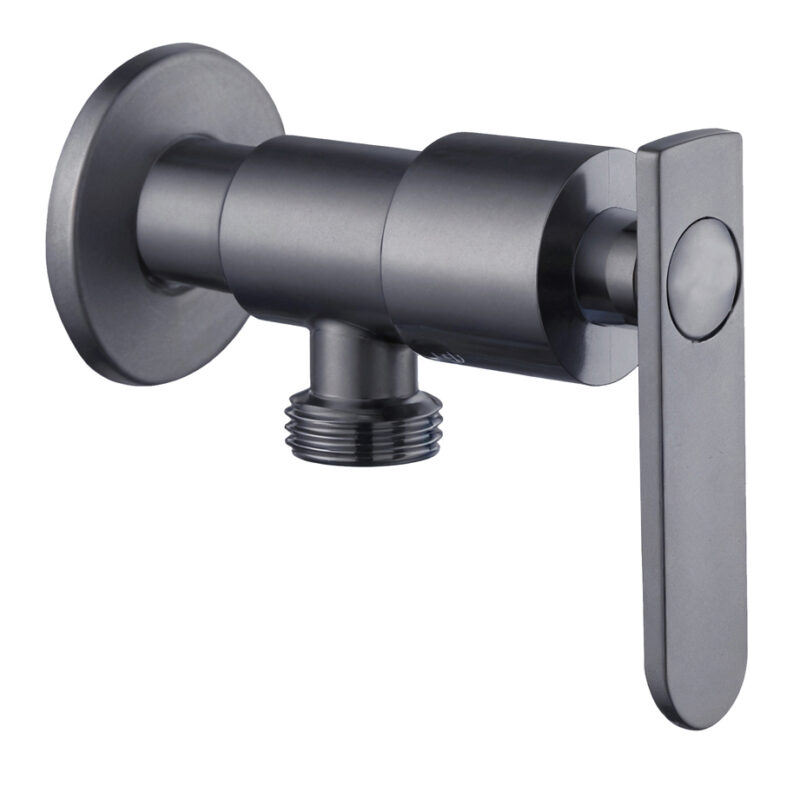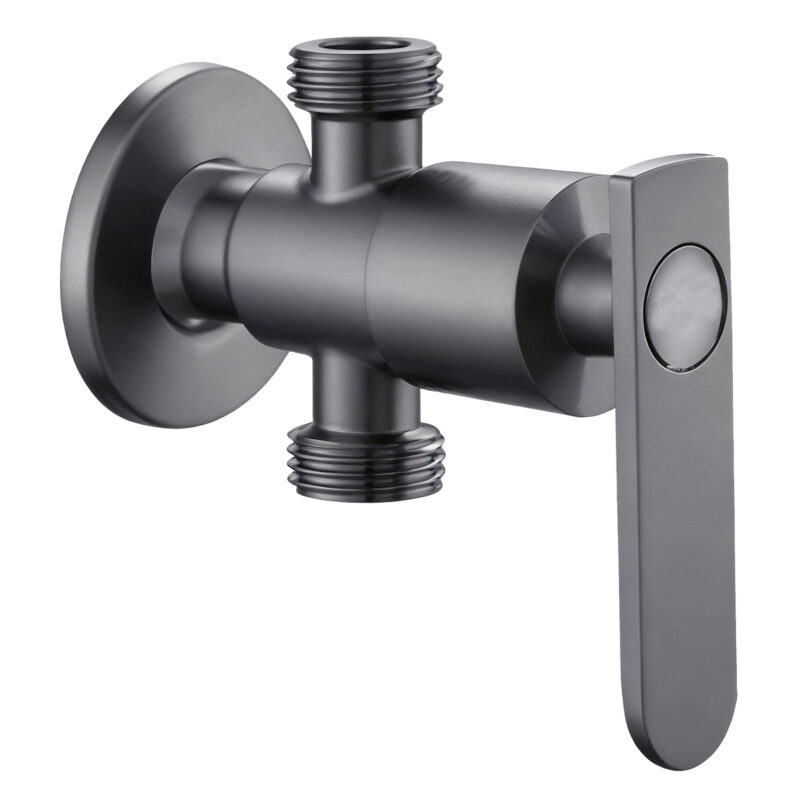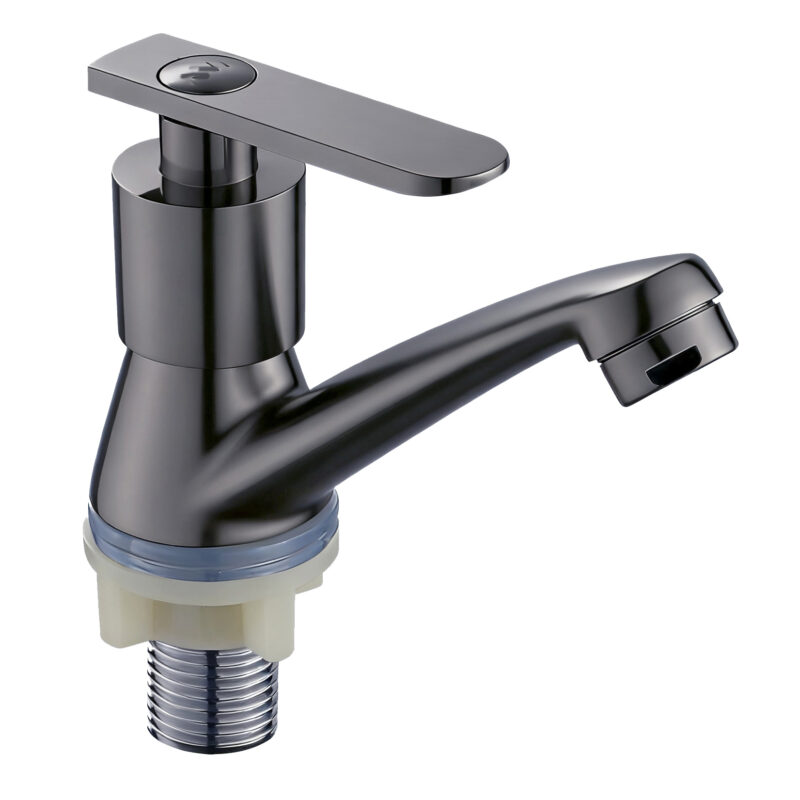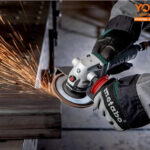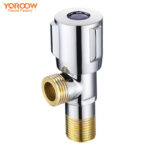As a core component for daily water use in modern kitchen equipment, the installation quality of the kitchen tap head directly affects its usability and service life. Leveraging advanced manufacturing techniques, Chinese faucet factories produce single-cold basin faucets with ergonomic designs. By optimizing the water flow control structure, these faucets offer users a more comfortable operating experience. Before installation, users should thoroughly understand the relevant preparations and operation specifications.
I. Precautions Before Product Installation
Before installation, carefully check the product packaging list to ensure that all components, including the kitchen tap head body, fixing nuts, rubber gaskets, and water inlet pipes, are complete and undamaged. Measure the size of the pre-drilled hole in the kitchen sink; standard single-cold basin faucets are generally suitable for holes with a diameter of 35-40mm. Additionally, inspect the surface of the faucet for scratches, coating peeling, or other quality issues. If any defects are found, contact after-sales service promptly.
II. Required Installation Tools
The following tools are necessary for installation: an adjustable wrench (a 10-12 inch model is recommended), a Phillips screwdriver, Teflon tape (PTFE sealing tape), and rubber gloves (for protection). As a crucial sealing material, Teflon tape effectively prevents water leakage at joints. It is advisable to choose high-quality products with a thickness of 0.1-0.15mm and a width of 15-20mm.
III. Preparation Steps Before Installation
- Turn off the water supply: Locate and close the main kitchen water valve to prevent accidental water flow during installation. If the main water valve’s location is unclear, temporarily shut off the entire house’s water supply.
- Clean the installation area: Use a damp cloth to clean the area around the sink installation hole, removing oil stains, limescale, and other impurities to ensure a flat and dry surface.
- Remove the old faucet (if necessary): When replacing an old faucet, use a wrench to loosen the nuts connecting the water pipes, remove the fixing base screws, carefully remove the old faucet, and clean any residual sealant.
IV. Standard Installation Process
- Fix the faucet body: Insert the kitchen tap head into the installation hole from above the sink. Place the rubber gasket and fixing nut in sequence under the sink. Use a wrench to tighten the nut gradually in a diagonal pattern, ensuring the faucet is stable without wobbling. The torque should be controlled at 8-10N·m.
- Connect the water inlet pipe: Wrap 10-12 layers of Teflon tape clockwise around the external threads of the faucet’s water inlet. Align the water inlet pipe connector with the water inlet and tighten it. It is recommended to use a wrench for assistance, avoiding excessive force that may damage the joint.
- Resume water supply and test: Slowly open the main water valve and observe for any leaks at the connections. For minor dripping, add more Teflon tape; for severe leakage, disassemble and reinstall.
V. Usage Testing and Inspection Key Points
After installation, conduct a comprehensive functionality test: Open and close the faucet repeatedly to check the smooth operation of the valve core; adjust the water flow modes (if multiple functions are available) to ensure normal switching between spray and columnar water flows; observe the sink’s drainage to avoid blockages caused by debris during installation.
VI. Common Installation Problems and Solutions
| Problem | Possible Cause | Solution |
| Water leakage at joints | Insufficient or incorrectly wound Teflon tape | Rewind the Teflon tape clockwise, ensuring full coverage |
| Faucet wobbling | Loose fixing nuts or misaligned gaskets | Check the gasket position and tighten the nuts evenly with a wrench |
| Weak water flow | Clogged inlet filter or faulty valve core | Remove and clean the inlet filter; replace the valve core if necessary |
VII. Safety Tips and Maintenance Suggestions
- Daily use: Avoid forcefully opening and closing the faucet frequently to prevent valve core wear. Do not use abrasive cleaning tools like steel wool to avoid damaging the surface coating.
- Regular maintenance: Check the joint seals quarterly and reapply sealant if needed. Remove and deeply clean the inlet filter annually to maintain smooth water flow.
- Long-term disuse: If not in use for over a week, close the main water valve and drain the water pipes to prevent water contamination and freezing risks.
By following these standard procedures, users can successfully install the kitchen tap head (single-cold basin faucet). Products from Chinese faucet factories, characterized by precise manufacturing and user-friendly designs, provide reliable kitchen water solutions, contributing to the creation of an efficient and convenient modern kitchen space.


